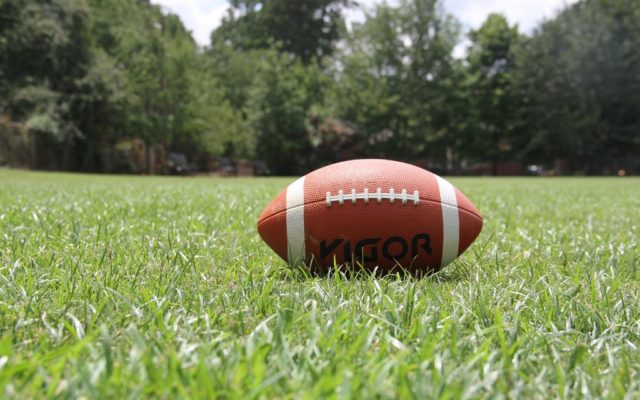
What Maine parents need to know about concussions as fall sports season begins
Here are a few concussion-related statistics to consider as the fall sports season moves into full swing this week.
Seventy percent of sports-related concussions result from player-to-player collisions, while another 17 percent stem from an athlete’s contact with the playing surface.
And an athlete who attempts to play through a concussion is six times more likely to require a longer recovery period than one who gets immediate medical attention.
Those are just some of the nuggets found in “Concussion in Sport — What You Need to Know,” a video developed by the National Federation of State High School Associations.
While the video course is geared more specifically for those directly involved in dealing with concussion-related concerns, parents and others interested in learning more about the topic as its relates to their children are encouraged to take the time to learn more about concussions.
“Whether it’s a parent or anybody else that’s interested, I think any time people can educate themselves on head injuries and concussions and are better informed, it’s a good thing,” said Mike Burnham, executive director of the Maine Principals’ Association interscholastic division and liaison to the association’s sports medicine committee.
The association requires all Maine high school coaches to watch the concussion-related video and two other National Federation of State High School Associations presentations. They are “A Guide to Heat Acclimatization and Heat Illness Prevention” and “Sudden Cardiac Arrest.”
All three are available to watch free of charge at www.nfhslearn.com.
“Certainly, there has been an emphasis on concussions around the sport of football,” Burnham said, “but we see concussions in many other areas of athletics and in everyday life, so I think the more information there is and the more informed parents and others can be, the better.”
The concussion management video begins with the definition of a concussion, followed by signs and symptoms of a suspected concussion case and identifying signs of a potential medical emergency, all under the watchwords of “When In Doubt, Sit Them Out.”
That leads to the Centers for Disease Control’s “Heads Up Action Plan” for dealing with a suspected concussion, followed by a return-to-activity plan to help the student resume classes and athletic competition based on the rate of recovery.
The course concludes with a multiple-choice exam that reviews the information presented on the video.
“It’s just another way to know what you’re looking for and to become better educated on the possibilities that a student, and not just an athlete but any student, could suffer a concussion because it could happen on the playground or while horsing around on the weekends,” Burnham said.
Another significant source of information on concussion management is available on the Maine Department of Education’s concussion management webpage.
“School administrators and staff probably would be the most obvious people who would go to the Department of Education website because they would know to go there,” said Emily Poland, school nurse consultant for the Department of Education. “But parents should be educated about this, too, so we have materials for them in language that’s more understandable than some of the language you might find at a concussion management site that’s more from the medical perspective.”
The Department of Education webpage and its numerous links are the result of a 2012 law mandating the adoption of a model policy for managing head injuries in school activities and athletics.
“When the law was first passed, to the general public concussions were all of a sudden in the news,” Poland said. “But concussions have happened for years, we’re just talking about it more and the awareness has really increased over the past few years.”
A concussion management work group meets periodically to update the webpage in an effort to provide the latest information from experts across the country.
“The point is to have a gathering of resources because there’s a lot out there,” Poland said. “The CDC has a lot of great information. The National Federation of State High School Associations had a lot of great information. If people in Maine want to have a one-stop place for those resources, they can go to this page.”
The information on the department’s concussion management page has evolved to focus not just on athletes but all students.
“As time has gone on people have become much more aware of what’s going on with concussions,” Burnham said. “Right now, the discussion has become more about the whole student, not just the athlete, and when do they go back into the classroom as part of a total approach.
“The more people are looking out for kids and their well-being, the better off they’re going to be.”